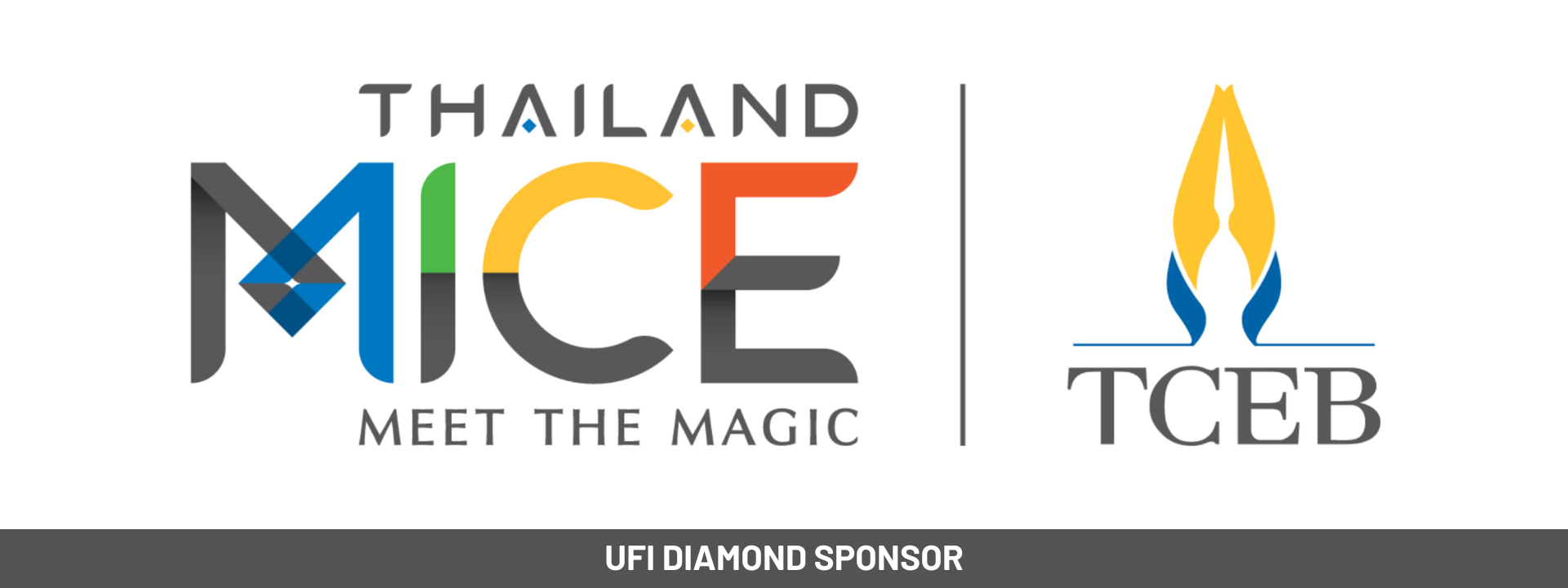
Blogger: Stephanie Selesnick, President of International Trade Information, Inc.
Badges are one of the standard things in all exhibitions and events. We require them for entrance to our events, and they also help people with introductions. Here are five reasons what we presently use on our badges is bad, and what should be changed for the future.
- Lanyards. Why do we use these? To make money! What a terrible sponsorship. Aren’t we as an industry beyond that kind of wasted marketing? Lanyards force us to gaze at everyone’s navels, or chests instead of people’s faces. When sitting down, badges are usually somewhere below the label of the table. Not so helpful if you’re trying to network. If you insist on using lanyards, please make badges double-sided because they always turn around to the unprinted size. Always.
- Most adults are not able read badges because print size is tiny. Why do most badges which measure 3×5 inch badges (76×127 mm) have a font size of 3? Or maybe 12? How far away can the average adult see that size font? (Not far!) Why do I need a magnifying glass to read your name and/or company on your badge, and you are standing right in front of me? Why all the empty space? You have a huge canvas. Use it!
- Information shared on badges is either useless for starting a conversation or way too much. What should we share? Names. Titles. Company. Where the badge holder is from. That’s it.
- Logos taking up most of the badge space. We all know the name of the event we are attending or exhibiting in. I’m all for branding, but what’s the point of the badge? To see your show logo, or to see the name and important information about the people wearing them? While we’re at it, please don’t sell sponsorships with company logos on badges. Is it your show or one of your sponsors? Use your event logo. Just keep it small.
- Color-coded badges. If your expo is using colors to differentiate job titles/sectors, keep it super simple. Most show organizers share this information on a sheet of paper or in an email, but no one remembers what is what, i.e.: green for exhibitors, yellow for non-exhibiting suppliers, red for press, blue for buyers, purple for VIP buyers, brown for …
If the purpose of badges is to facilitate communication within our communities, then let’s use them do just that.







You are so right! Let us try to change it – and find other means of sponsorship for the organiser ….